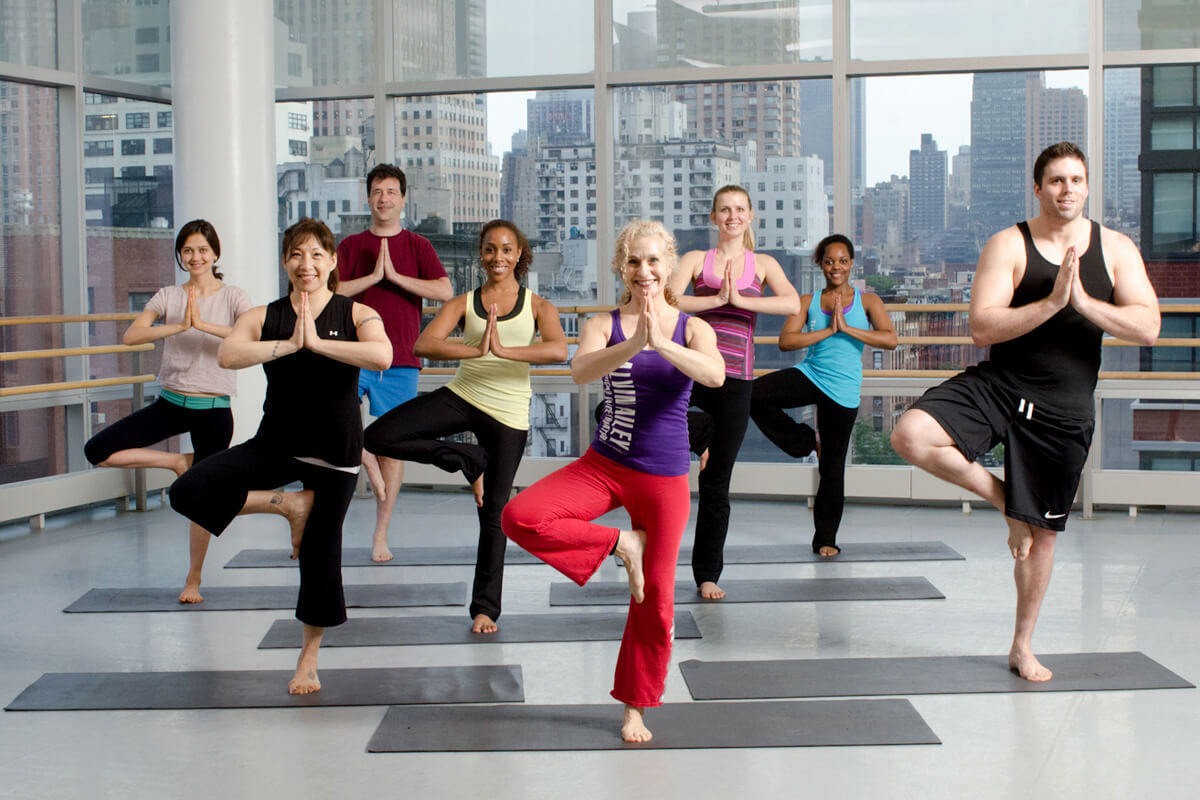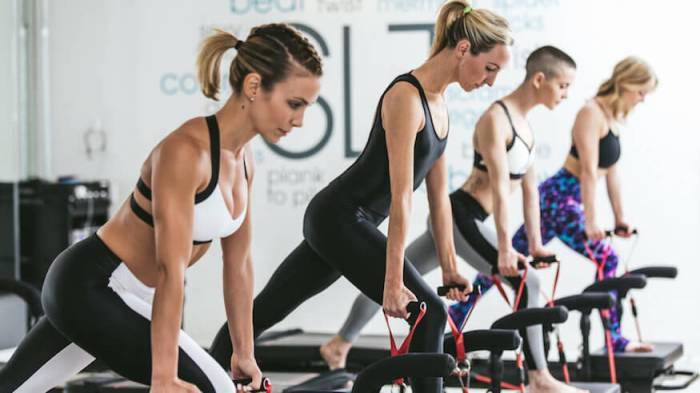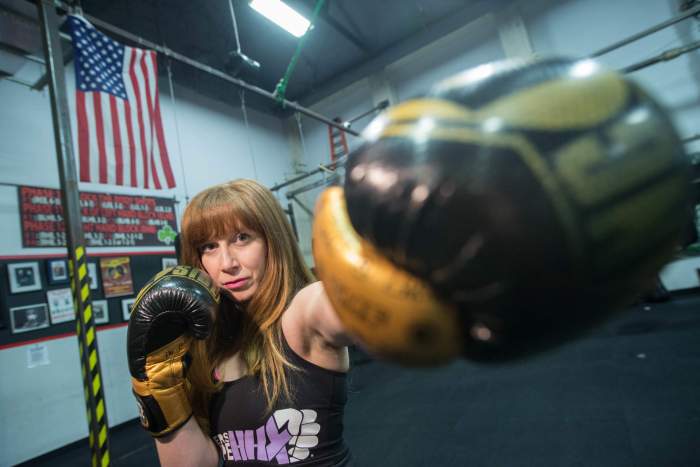“This is what we dreamed about back in the day, when people made fun of us and called us pretzels,” Irini Res says about the massive growth in yoga. The Ashtanga Yoga teacher at the Upper West Side’s Ailey Extension took up the practice after battling breast cancer in 1996, which took her out of the high-powered career in banking she never stopped to realize wasn’t making her happy. Yoga gave her not just balance but empowerment to fight the disease. “The only thing that gave me hope was to know that I could do something about it, [and that] was get home, relax, stretch, open up my heart, open up my body, align myself back and maybe in my own way drive this sucker out,” she recalls. RELATED: Got a headache? Try these 4 yoga moves There are dozens of styles, but “yoga is yoga in that we all do the same poses,” says Res. It comes down to increasing balance, flexibility and strength, which are valuable at any stage of life. “Yoga takes your skeleton and puts it back in its proper alignment.” But not all yoga is the slow, meditative movements you first think of. Res walked us through the most popular classes — with one piece of advice for anyone looking to start their practice: “Come in with an open mind and know that you’re going on a journey. You’re going to feel a difference from the very first class.” The first yoga style to arrive in the States remains the most popular. It’s also the one where teachers have the most flexibility in their choice of poses, though they tend to involve more stretching, so classes may vary depending on who’s leading it or the difficulty level. The speed of the class can also be slower, as a teacher may focus on holding a pose longer to teach proper breathing technique. Even if you’re not looking to become a warrior yogi through Ashtanga, if that’s what fits into your schedule, your teacher can help make it work for you; Res has several variations on a pose to suit different bodies and skills. But she does have one recommendation: “The body clock in the morning is tightest. As the day progresses, the body opens up and releases; the evening is a better time to do your practice.” Good for:Beginners and traditionalists.
“This is the only one that follows a primary series, poses set from back when Buddhist monks practiced in the monastery,” says Res. Besides being the oldest, it is also one of the most intense practices, with constant movement through 20 poses (it’s often listed as power yoga on schedules). “This is the harder one,” she warns. Good for:If you want a cardio element to your zen.
Also known as hot yoga,Bikram will have you sweating before it even begins. Hot yoga rooms are heated to about 105 degrees, which can boost the metabolism — but it’s not for everyone. “When you heat up the body like that, you can overstretch and pull something. You’re also not breathing as deeply,” Res warns. “It’s the breathing in conjunction with the poses, that’s what causes the body to become aligned.” Hydration becomes extra important, so bring water. Good for:A deeper stretch — just go slowly.
Eva Kis is on Twitter@thisiskis, where she talks about pop culture, cats and media almost as much as food. Looking for something to do? Plan your day, week or month with ourevents calendar.
Cardio, stretch, breath: Find your style of yoga

Kyle Froman


















